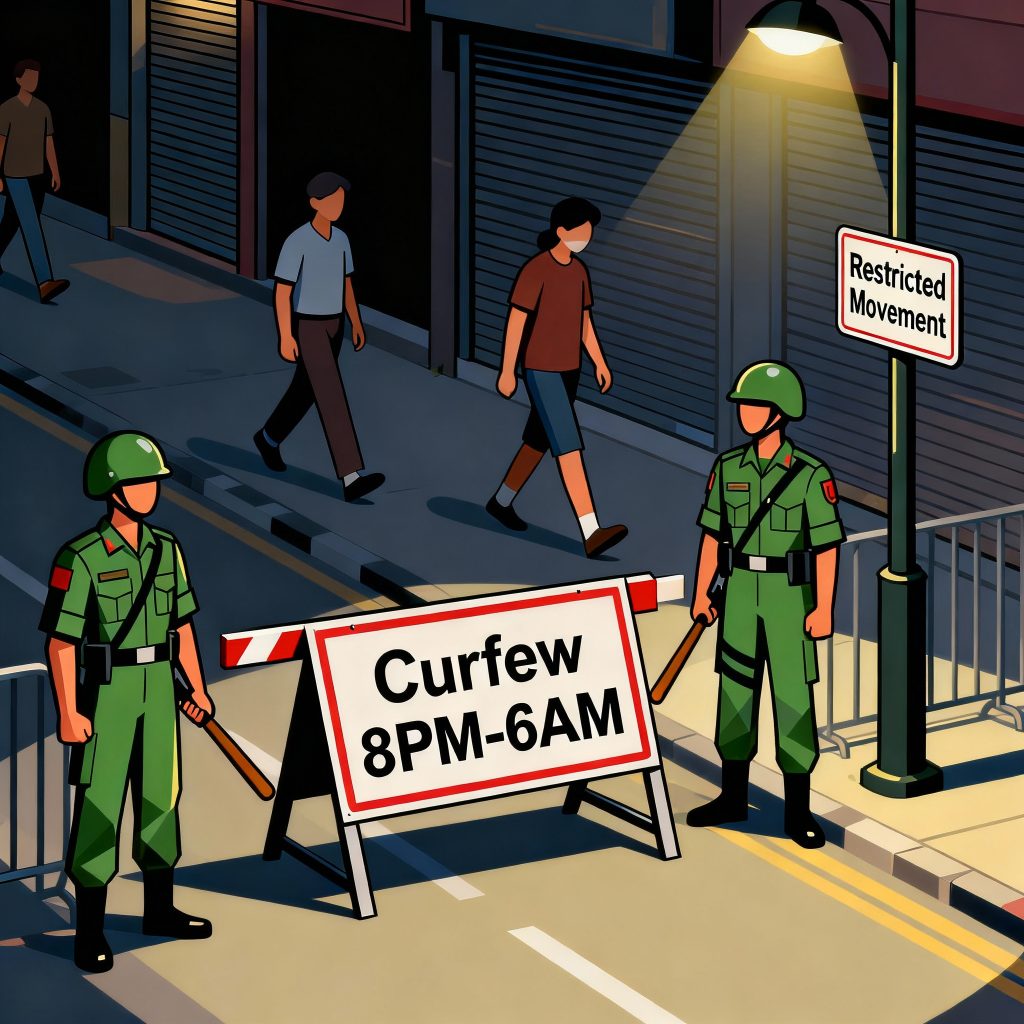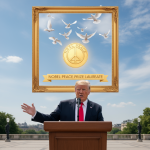Have you ever wondered what is martial law and how it works? Martial law is a powerful and sometimes controversial concept where military authorities temporarily take control over civilian government functions during severe emergencies. This usually happens when civil authorities are unable to maintain law and order due to war, rebellion, natural disasters, or civil unrest. Understanding martial law is essential for young professionals, students, entrepreneurs, and anyone interested in governance, law, and current events.
What Is Martial Law? A Clear Definition
Martial law refers to the substitution of civilian government by military authority, often suspending ordinary legal protections and civil rights. Under martial law, military officials control policing, judicial proceedings, and administration until order is restored. This means fundamental rights such as freedom of speech, movement, and protection against unlawful detention may be limited or suspended temporarily.
Unlike a national emergency declaration, martial law directly places military personnel in control of some or all governance aspects within a designated area.
Why and When Is Martial Law Declared?
Martial law is typically declared when:
-
The civilian government loses control amid widespread violence or anarchy.
-
Natural disasters severely disrupt normal governance.
-
There is war, rebellion, or a coup attempt that threatens national security.
-
Law enforcement and judicial systems become ineffective.
The goal is to quickly restore order and protect citizens, but it comes with the trade-off of restricted freedoms.
How Martial Law Affects Civil Liberties
During martial law, several civil liberties may be curtailed:
-
Imposition of curfews and restrictions on movement
-
Suspension of free speech and assembly rights
-
Replacement of civilian courts with military tribunals
-
Detainment without trial or habeas corpus protections
-
Military authority over civilian police and administration
These measures are meant to maintain order but raise concerns about potential abuse of power, making vigilant oversight important.
Historical and Modern Examples of Martial Law
Martial law has been declared globally in diverse situations:
-
United States: Civil War, Great Chicago Fire, and during the 1892 Coeur d’Alene miners’ strike.
-
South Korea: Declared during the Gwangju Uprising in 1980.
-
Philippines and Pakistan: Used periodically in political crises and military takeovers.
-
India: Although rarely invoked, Article 34 of the Constitution allows it under extraordinary conditions.
Each example highlights martial law’s dramatic impact on political stability and civil rights.
Martial Law vs. Emergency Rule: What’s the Difference?
| Aspect | Martial Law | Emergency Rule |
|---|---|---|
| Authority | Military control replaces civilian government | Civilian government retains authority, but powers are expanded |
| Suspension of Rights | Fundamental rights often suspended | Rights may be curtailed but less severe |
| Area of Application | Specific regions or nationwide | Entire country or parts thereof |
| Duration | Temporary, until order is restored | Can last months or years with parliamentary approval |
| Legal Basis | Not always explicitly defined in constitutions | Constitutionally provided (e.g., India’s Article 352) |
Understanding the difference helps contextualize current and historical governance crises.
Current Trends and Concerns Regarding Martial Law
-
Debates on martial law often emerge during political unrest or pandemic-related lockdowns.
-
Technology challenges military control’s transparency, increasing public scrutiny.
-
Human rights organizations emphasize safeguards against excessive military power.
-
Democracies grapple with balancing security needs against civil freedoms.
Practical Advice: What to Know If Martial Law Is Declared
-
Stay informed through official government communications.
-
Know curfew hours and adhere to restrictions.
-
Understand your basic rights under martial law conditions.
-
Document and report any abuses to trusted organizations.
-
Prepare for potential disruptions in daily life and services.
FAQs About Martial Law
1. What is martial law?
Martial law is military control replacing civilian government temporarily during emergencies.
2. How long does martial law last?
Typically short-term until order is restored, though durations vary by situation.
3. Can civil rights be suspended under martial law?
Yes, rights like free speech and protection from unlawful detention may be limited.
4. Is martial law common?
It is rare and usually a last resort in extreme crises.
5. What should citizens do during martial law?
Follow orders, stay informed, and seek legal aid if rights are violated.
Conclusion: Understanding Martial Law for Better Civic Awareness
Martial law represents a significant shift in governance under crisis, and understanding what is martial law helps citizens navigate emergency situations more wisely. While it can be necessary to restore order, it also demands vigilance to protect democratic principles and human rights.
Stay informed, stay prepared, and engage in conversations about governance and civil liberties to contribute to a more just society.










